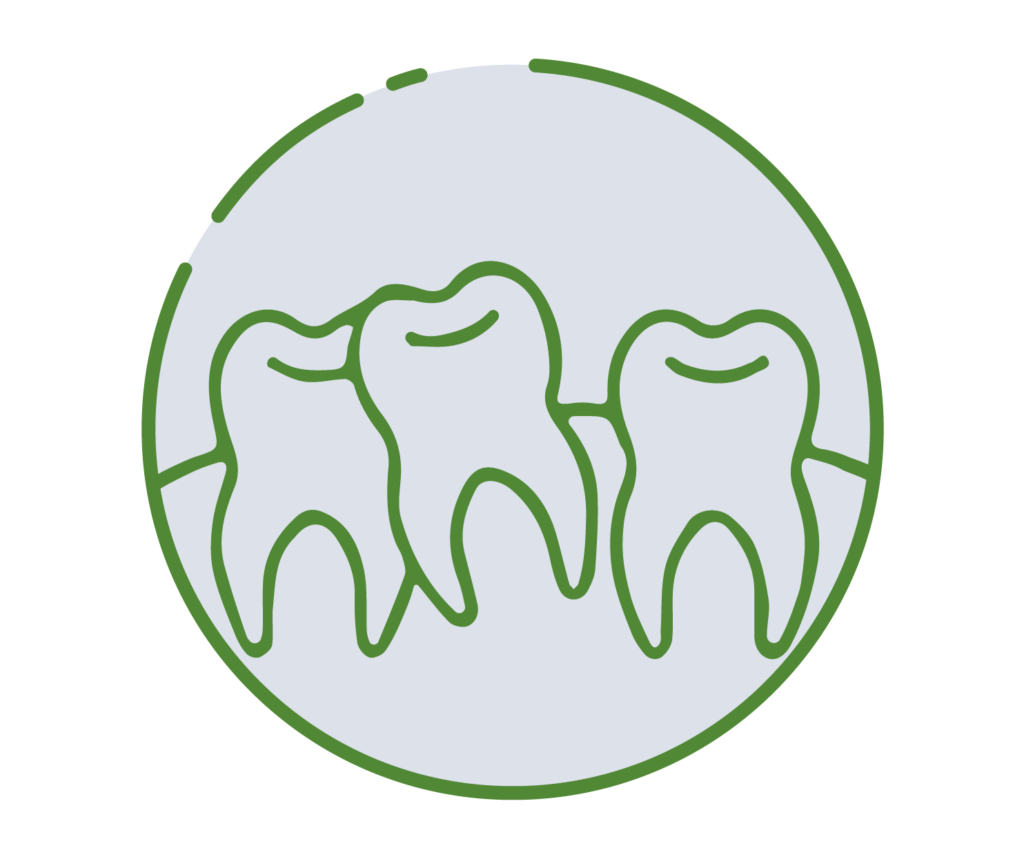Simply put, if a child’s skeletal (jaw) or muscular (tongue) structure is not developing or functioning properly, it can negatively affect their ability to breathe, sleep, breastfeed and even eat certain foods. Over time, these developmental indicators can cause serious health conditions or compensations that have to be addressed later in life.
Fortunately, as medical screening technologies have evolved over the years, so has our ability to understand the connection between breathing, sleep and the oral cavity. There are also very clear structural, functional and behavioral indicators that a child is suffering from an airway disorder — some of which can be identified as early as childbirth.
As functional pediatric dentists, we are fortunate to see little ones as early as a few days after birth, and then routinely each year to monitor how their growth and development is progressing. With each visit, we are not only able to measure key development milestones, we also screen for functional and behavioral indicators.


